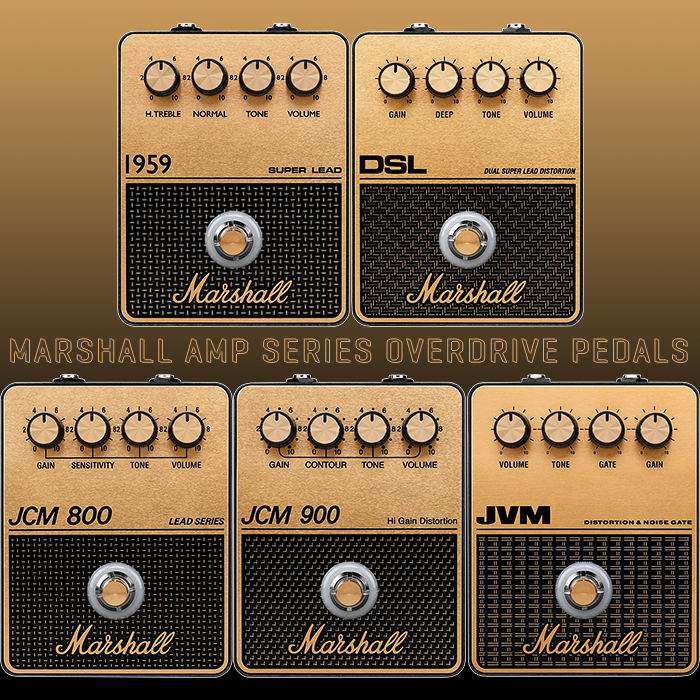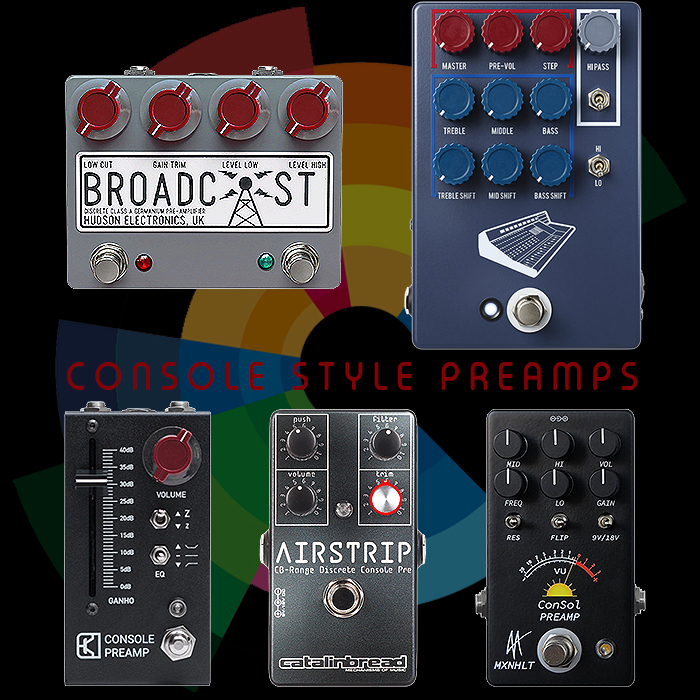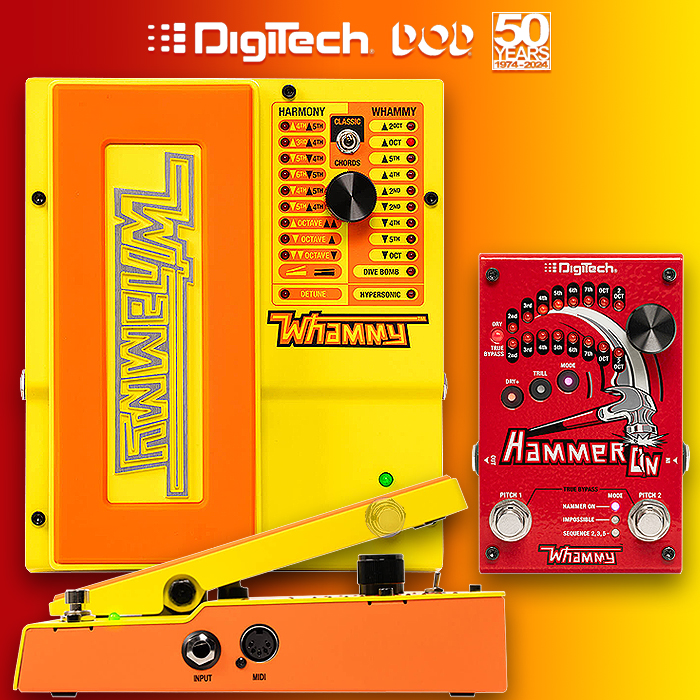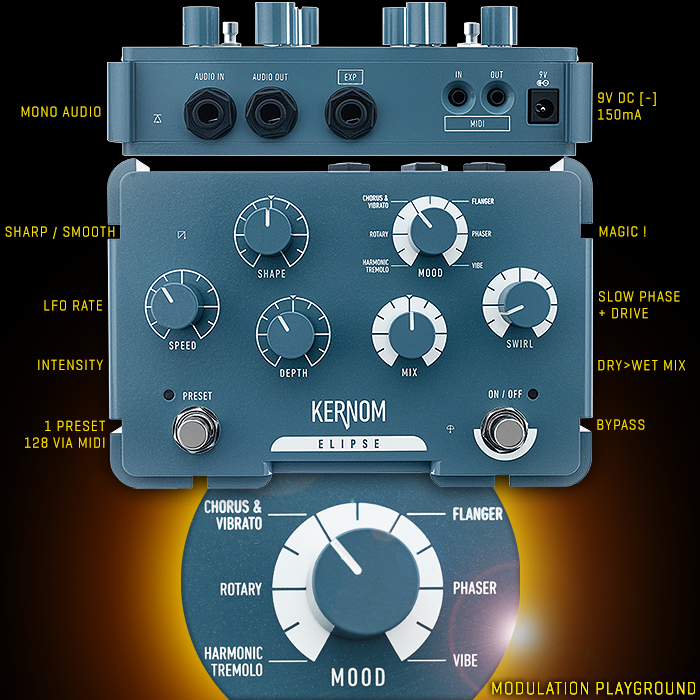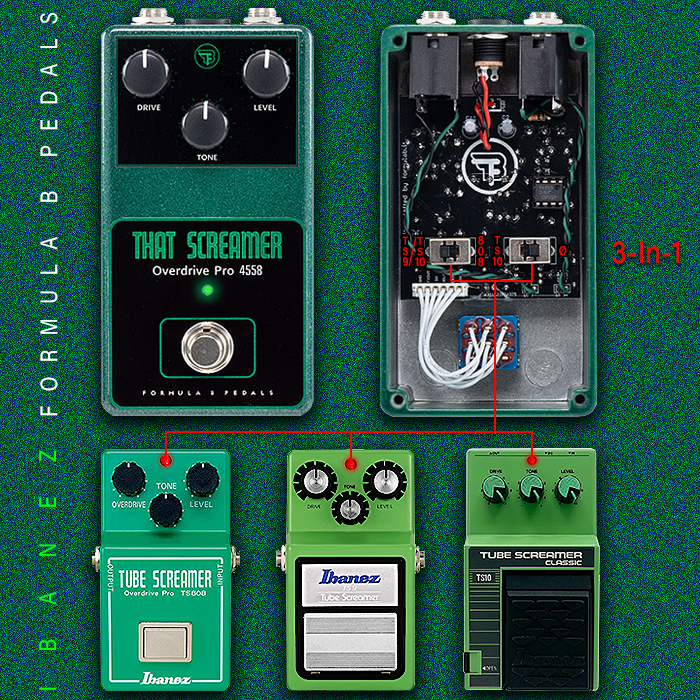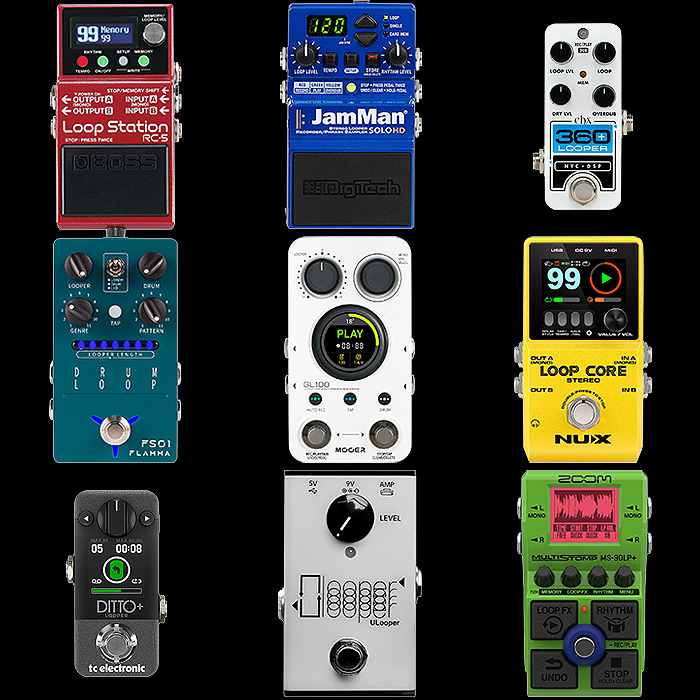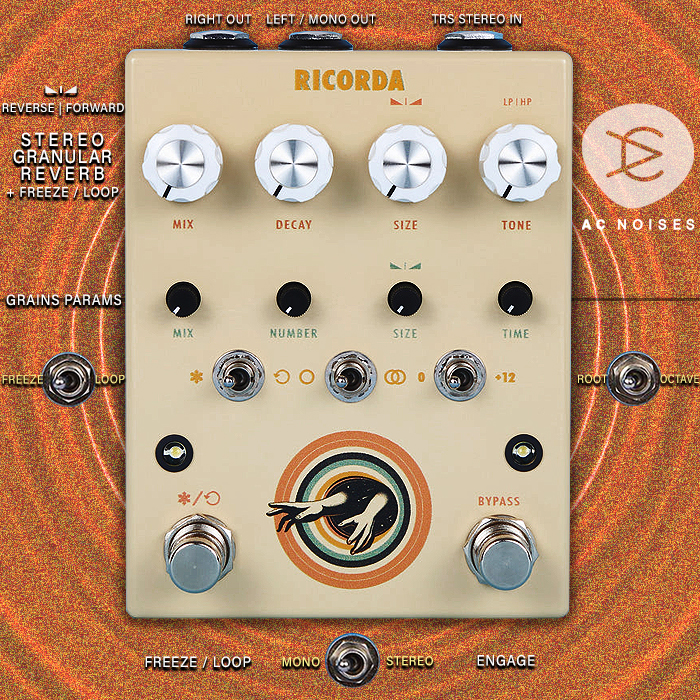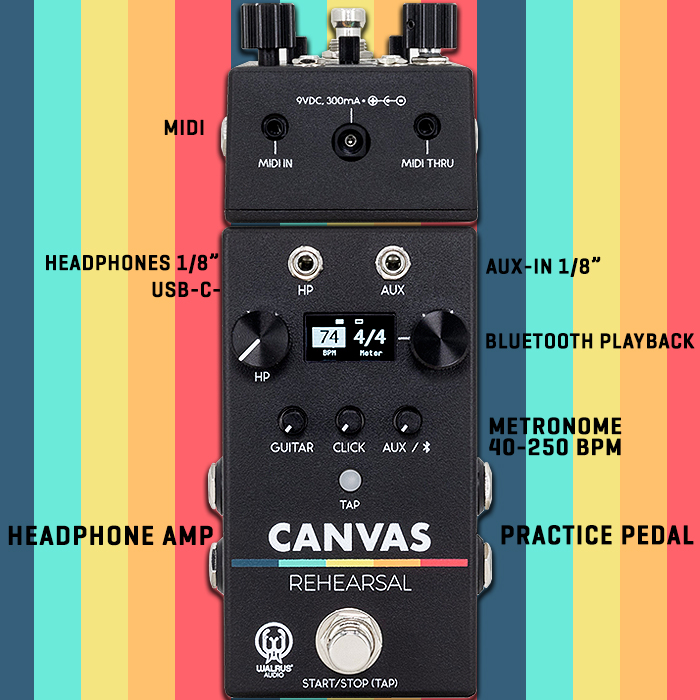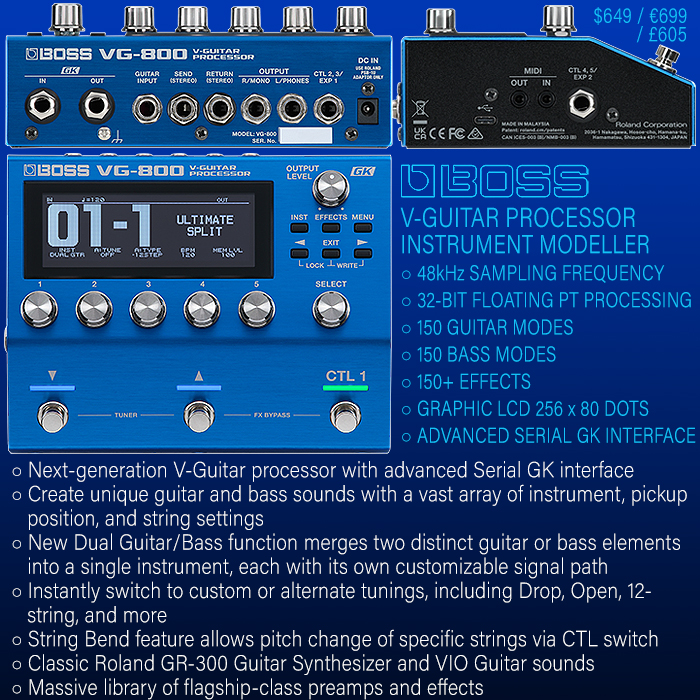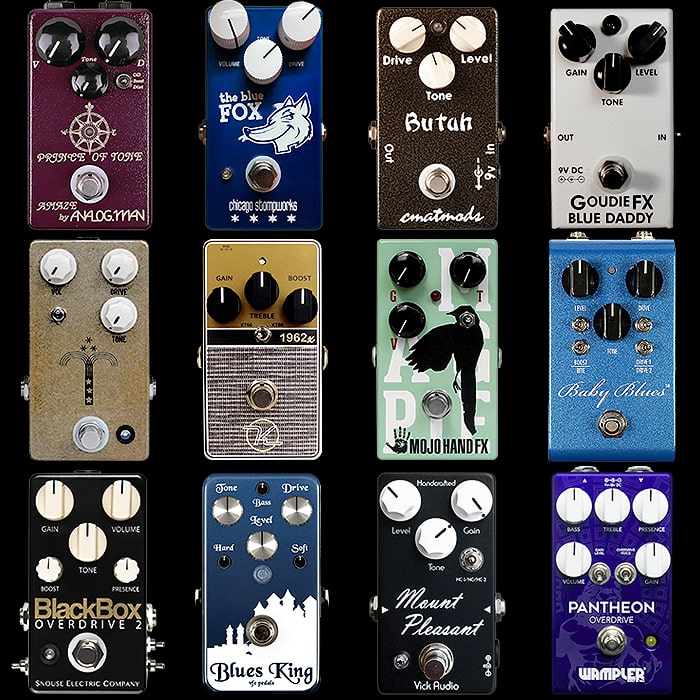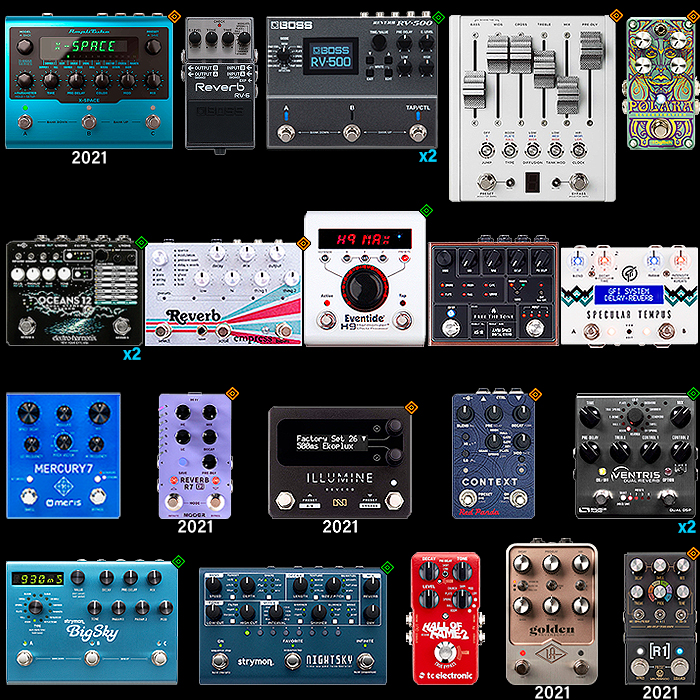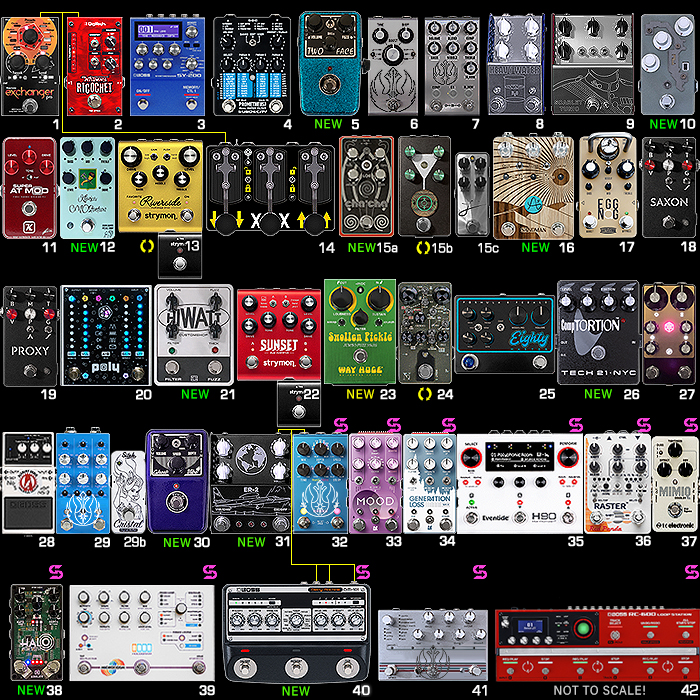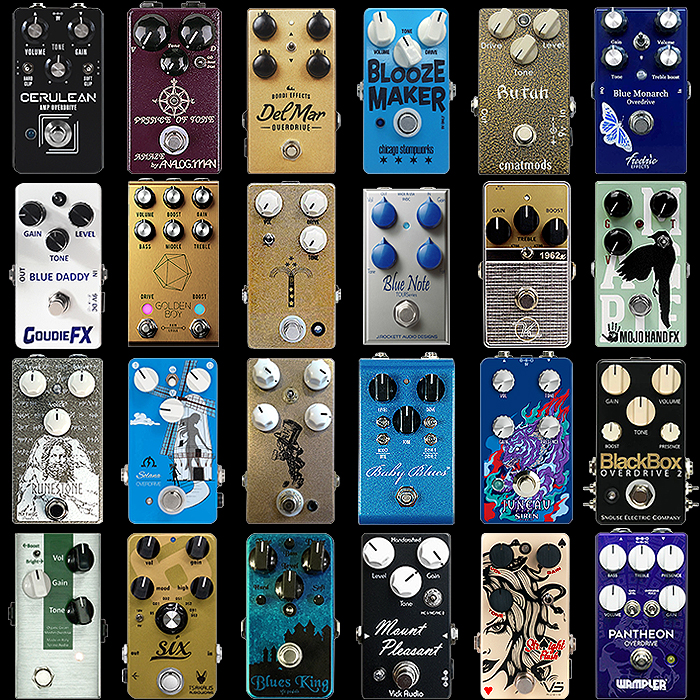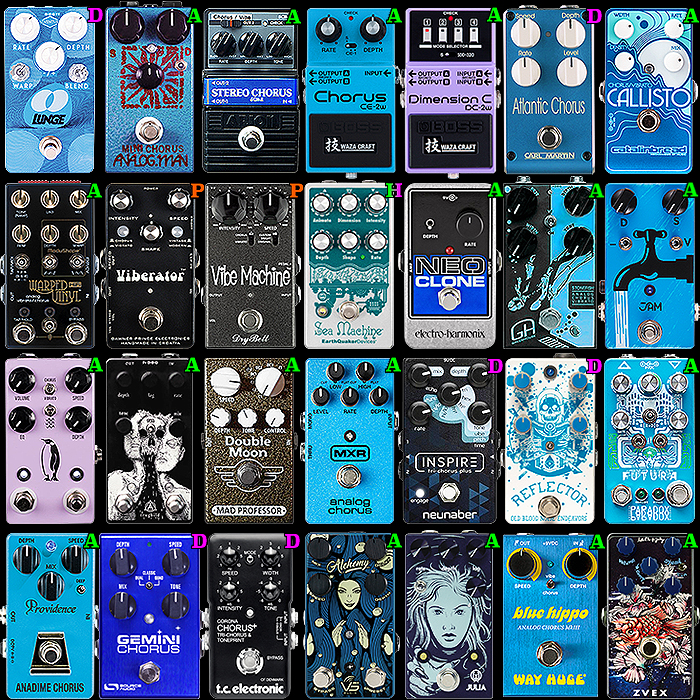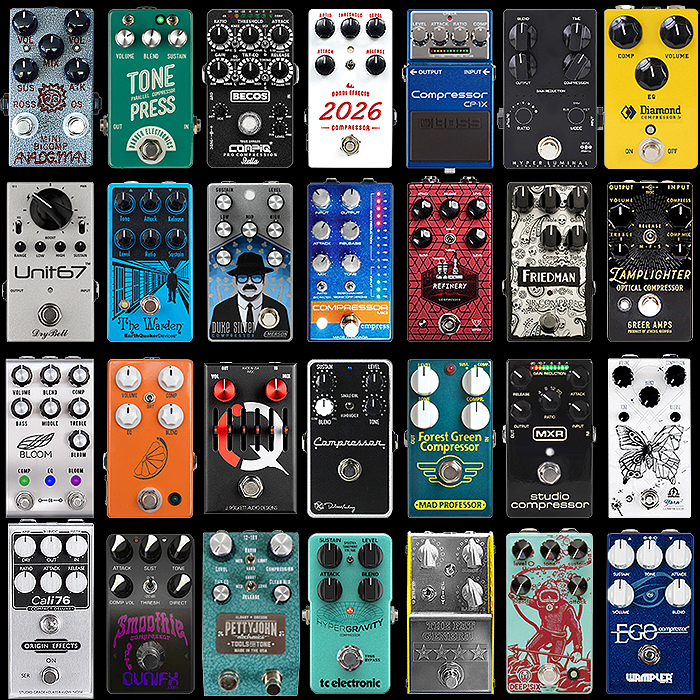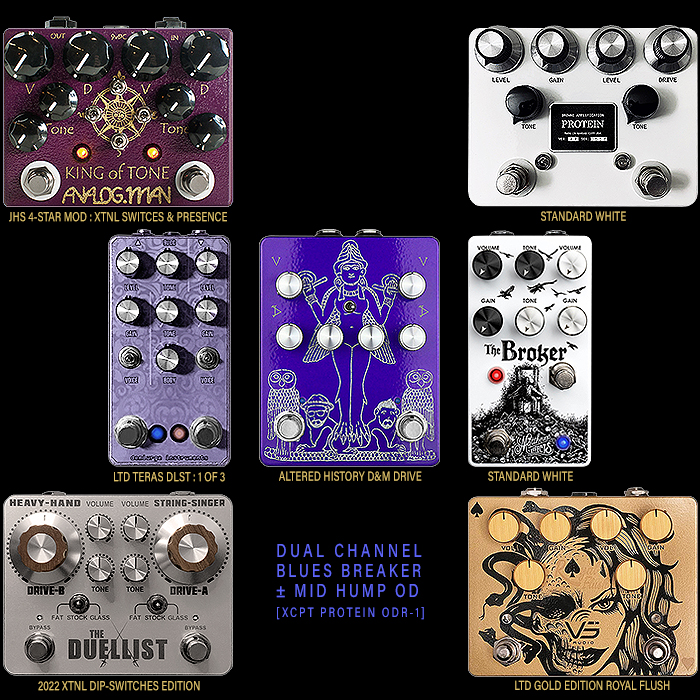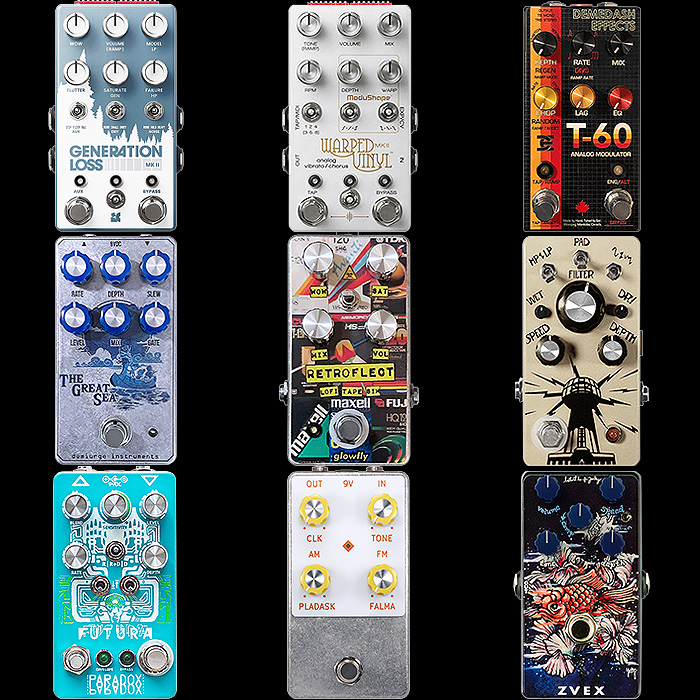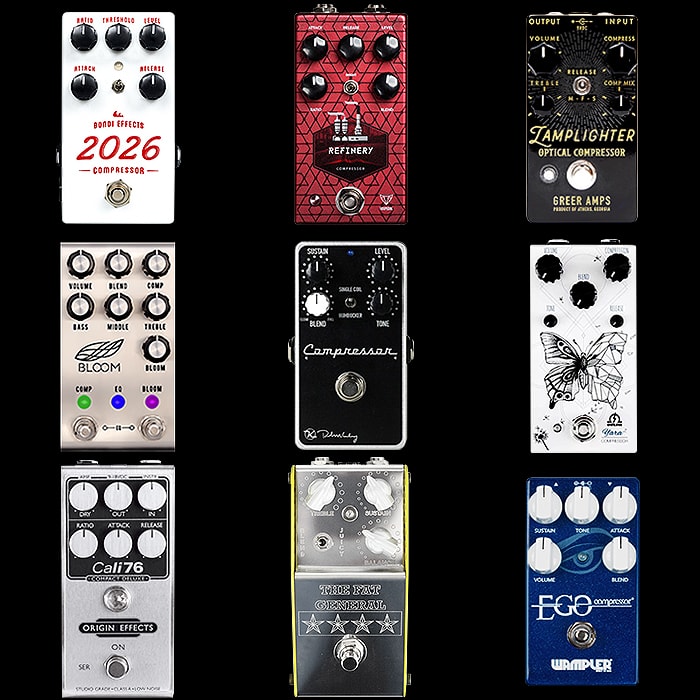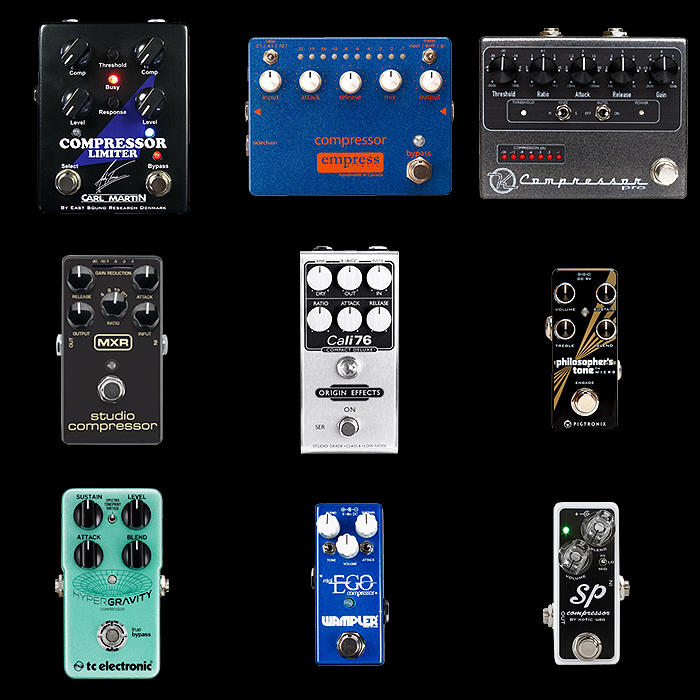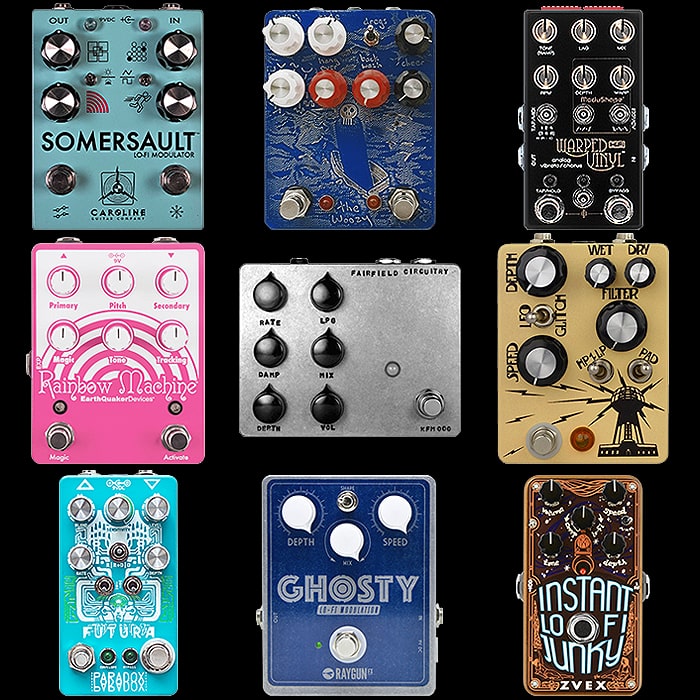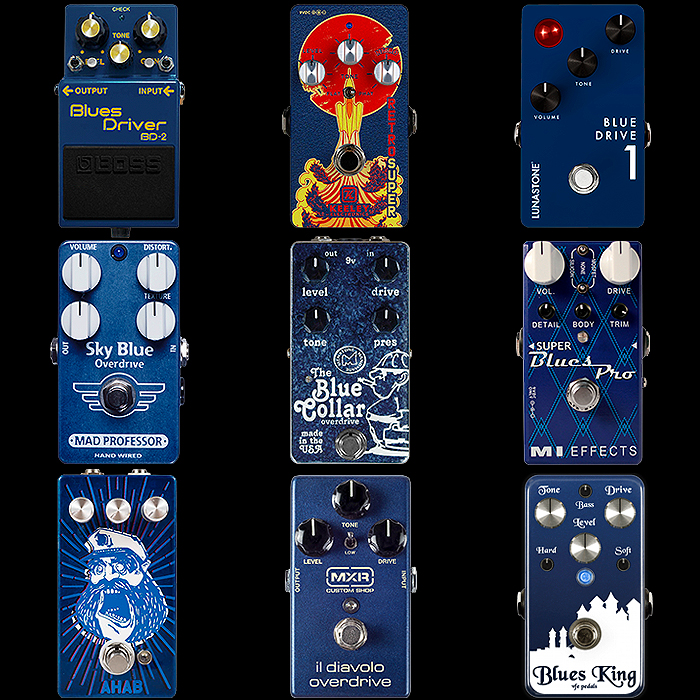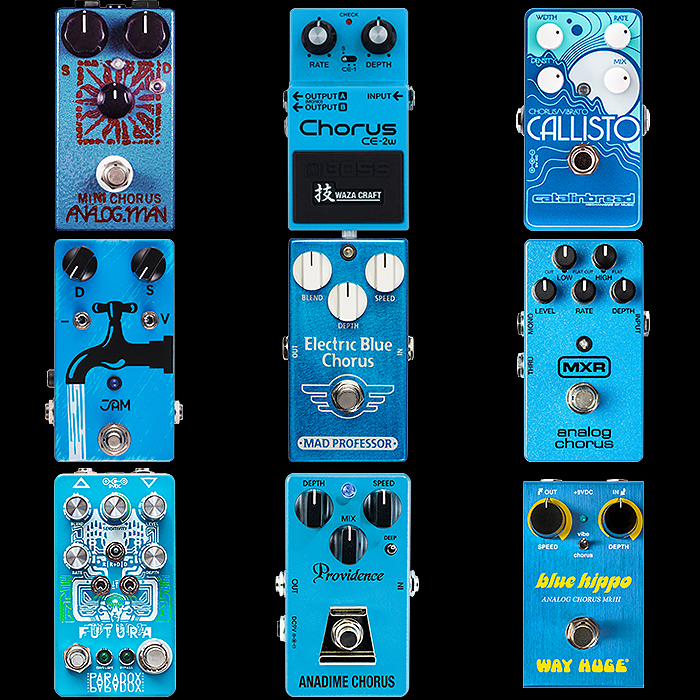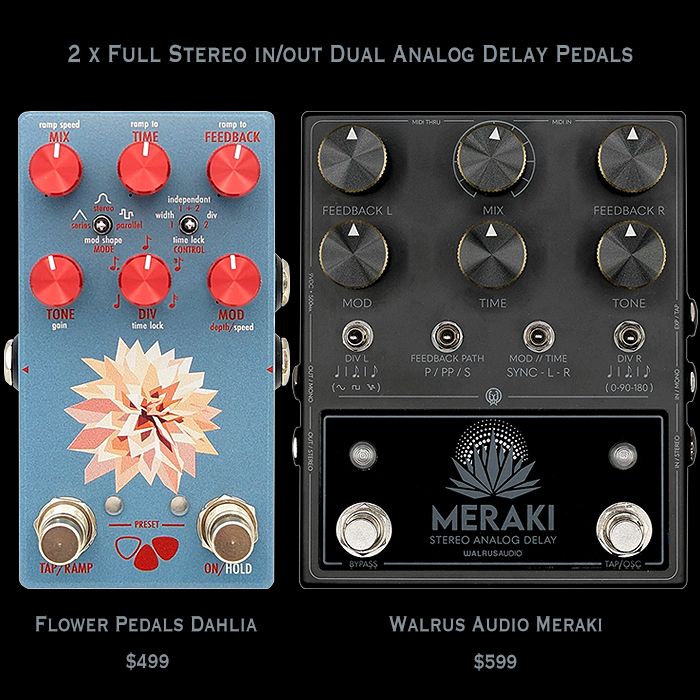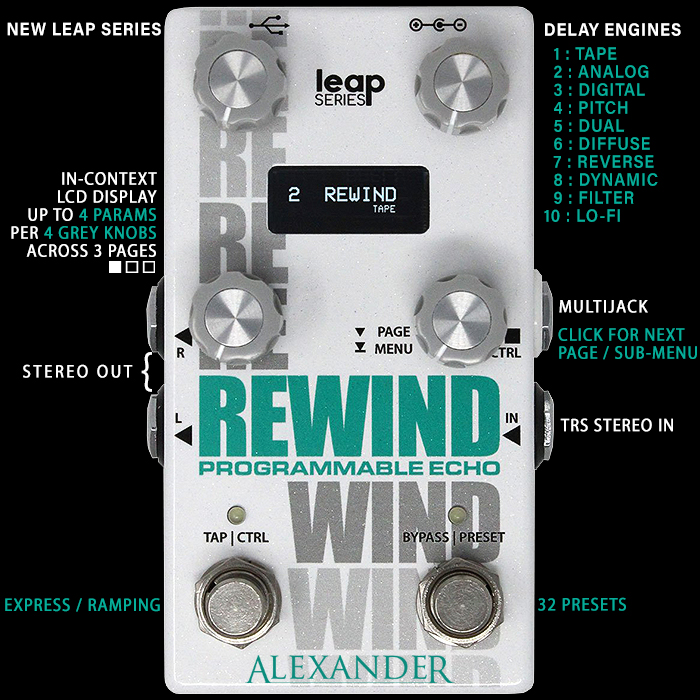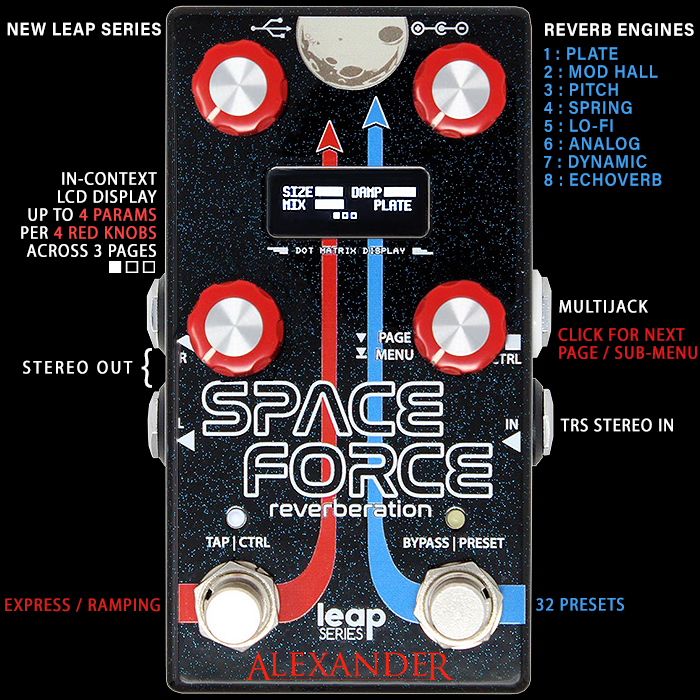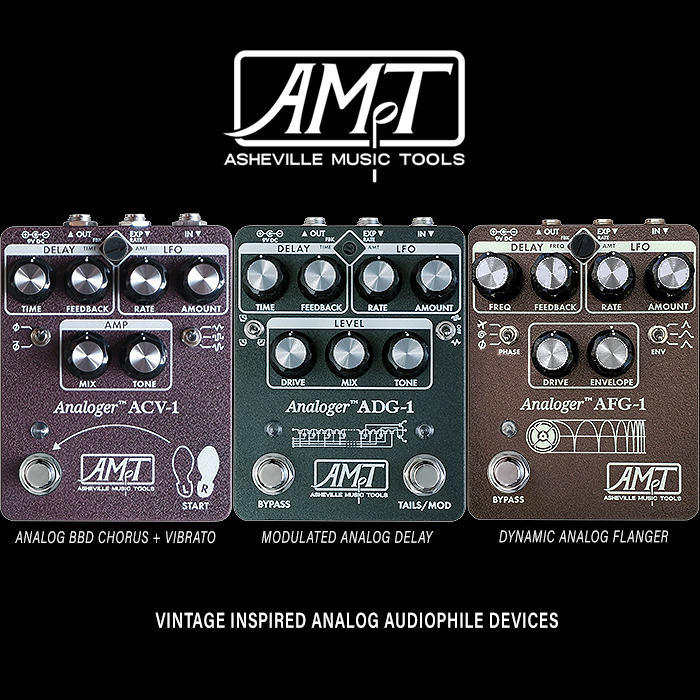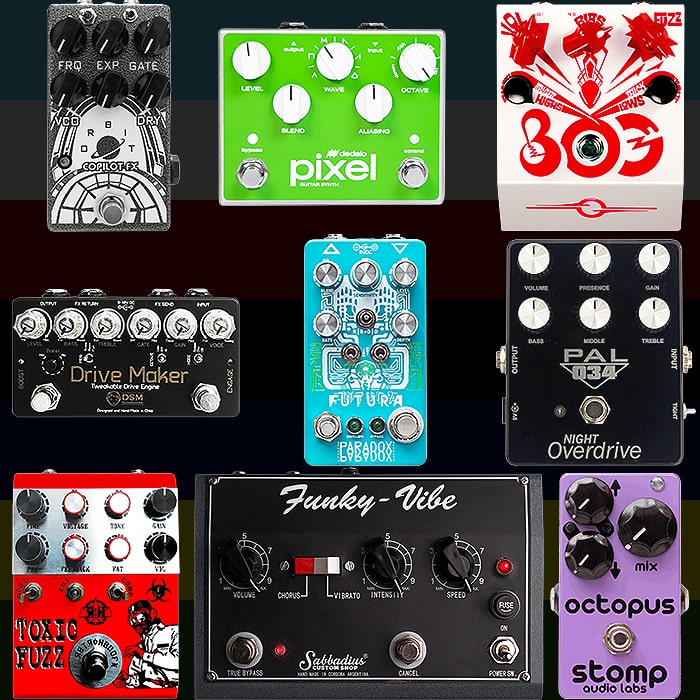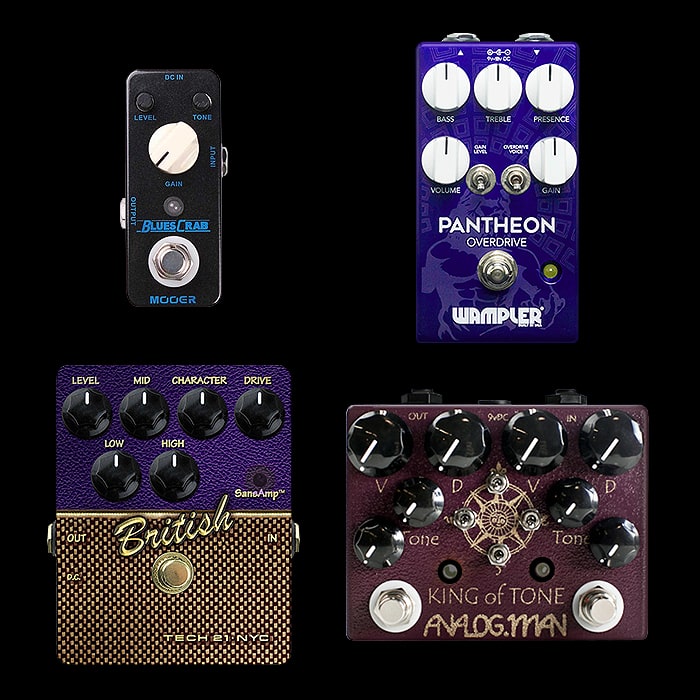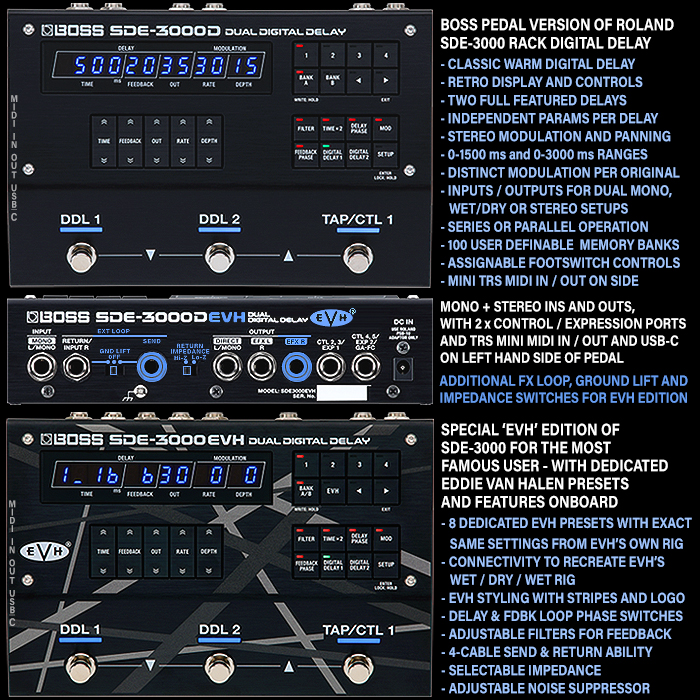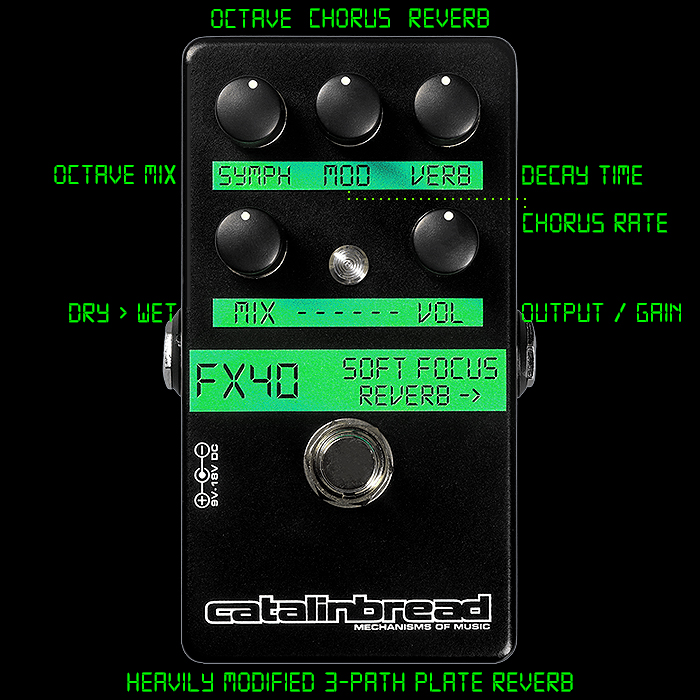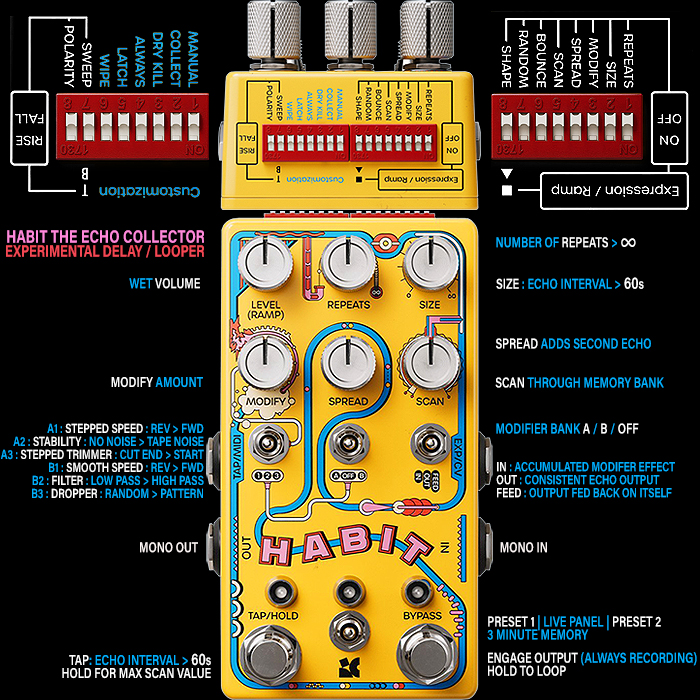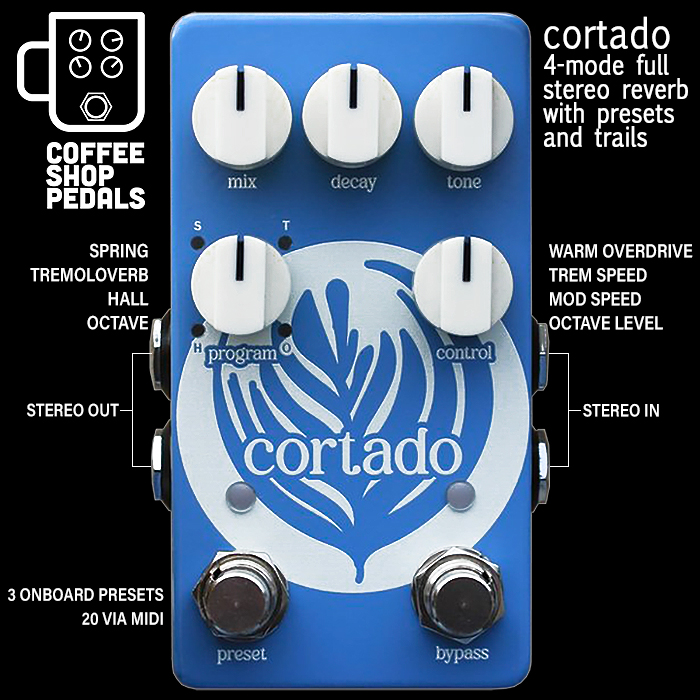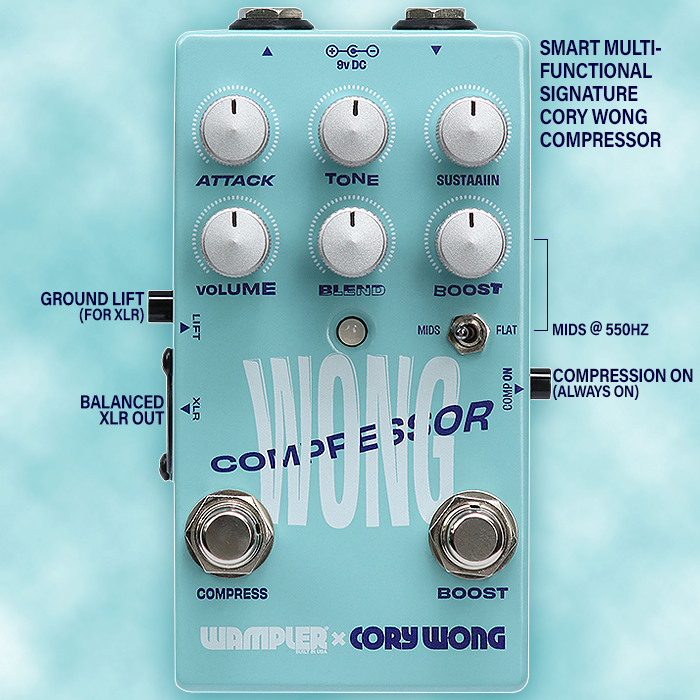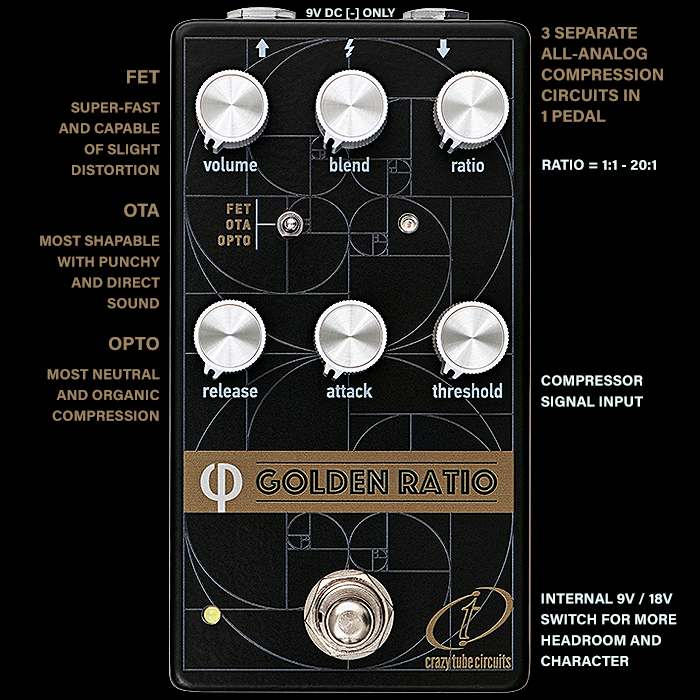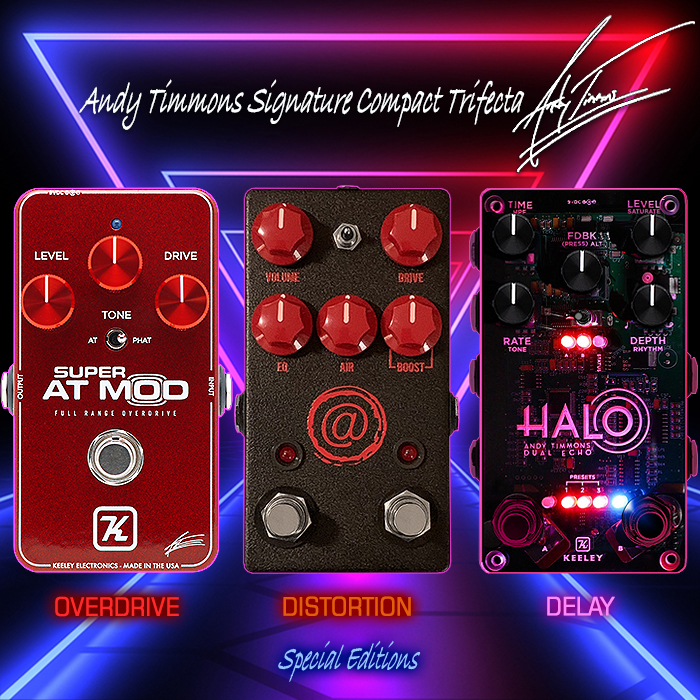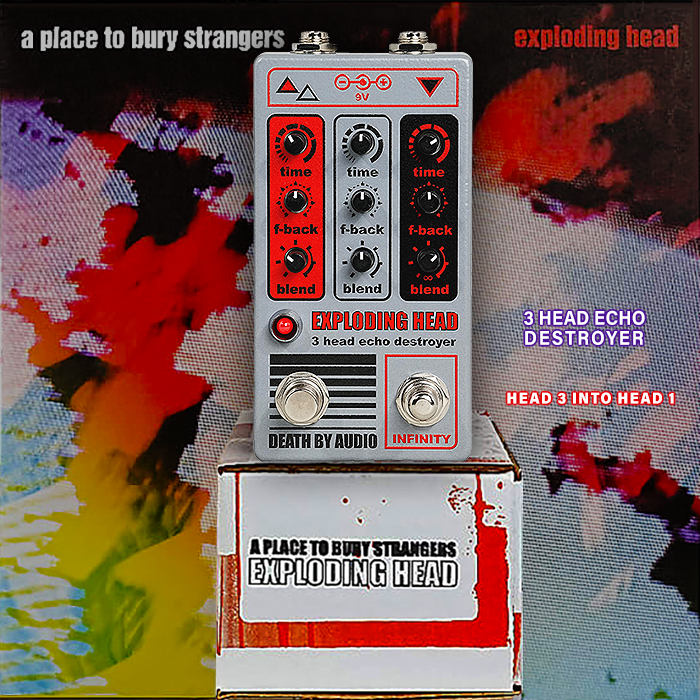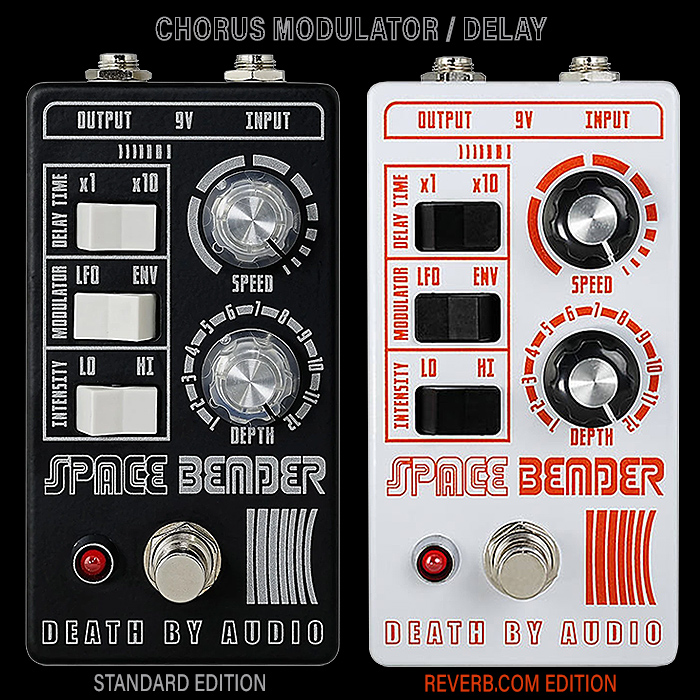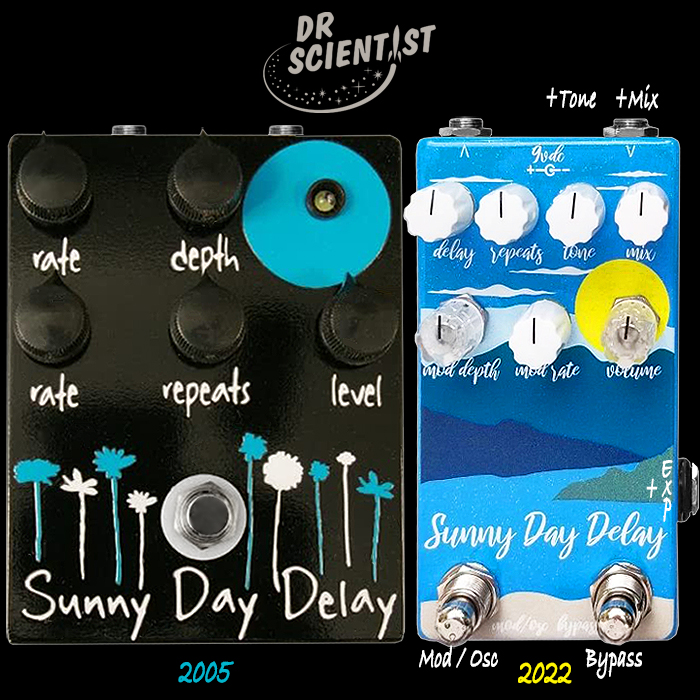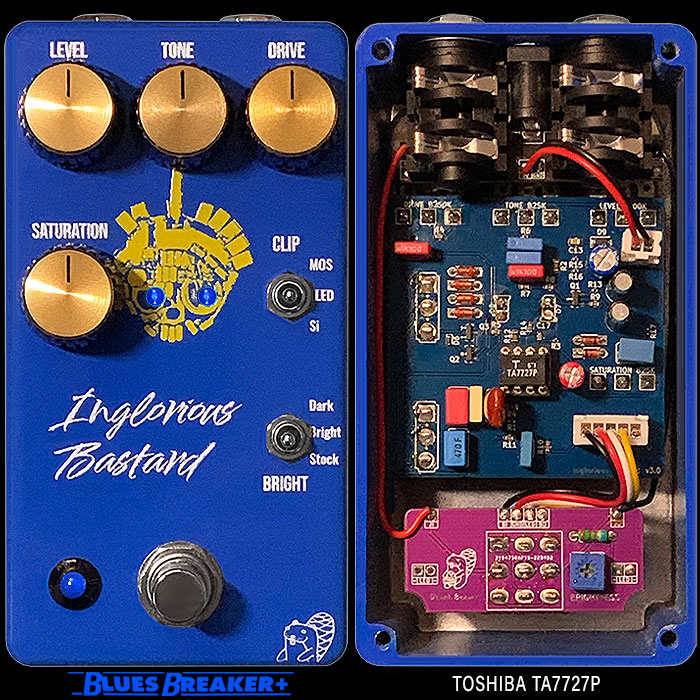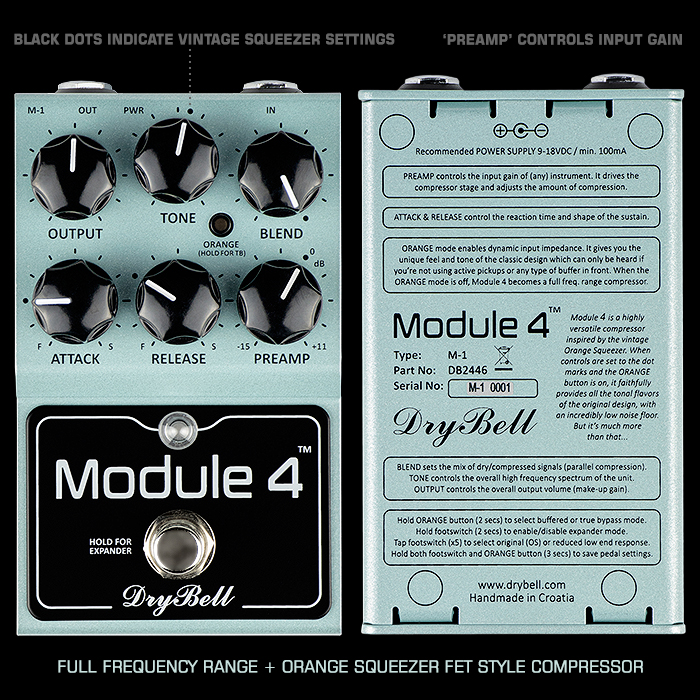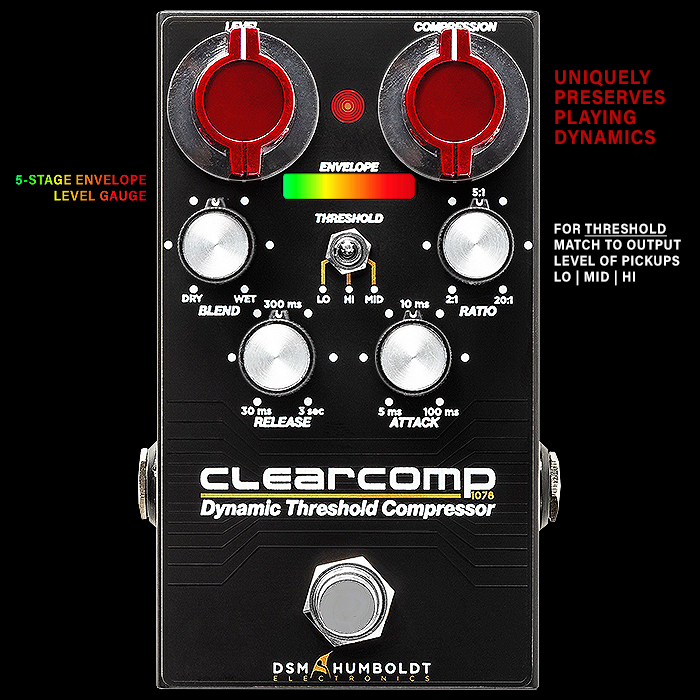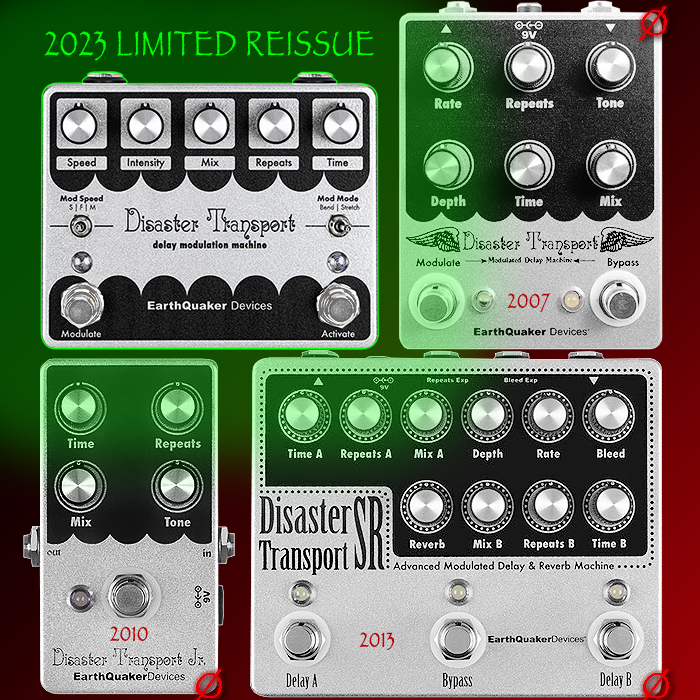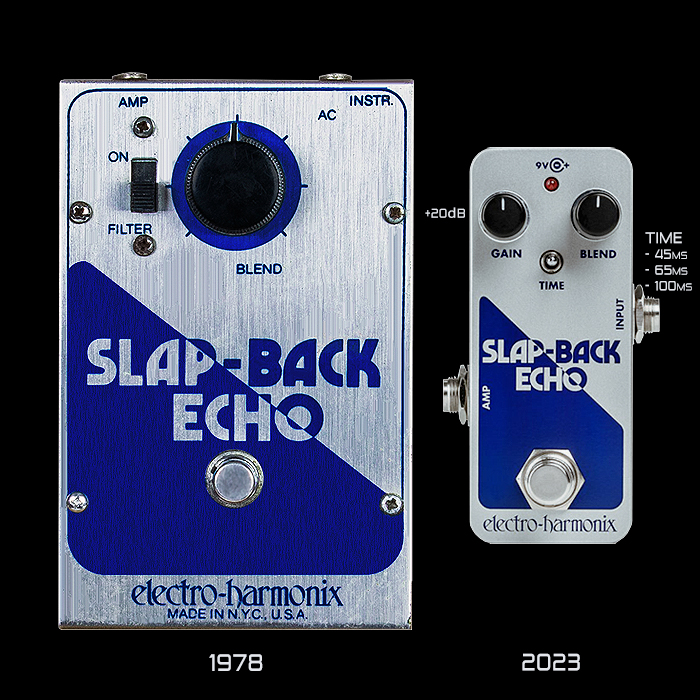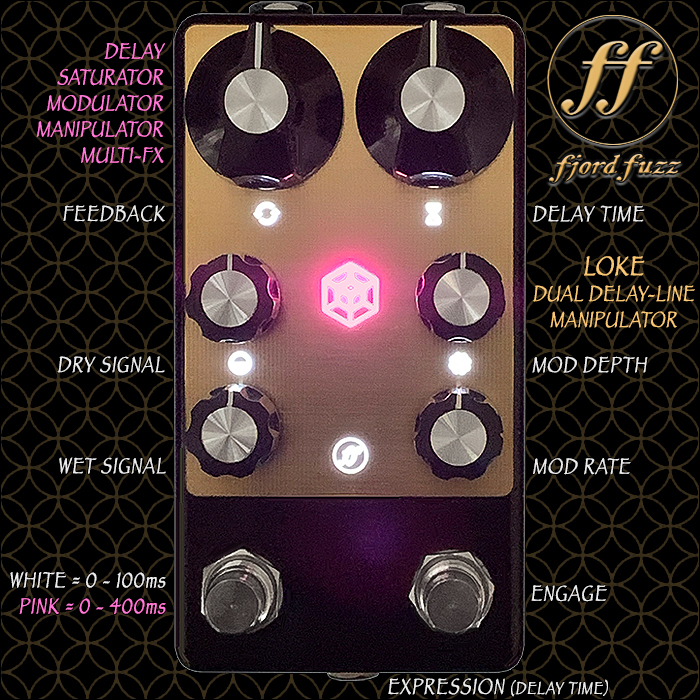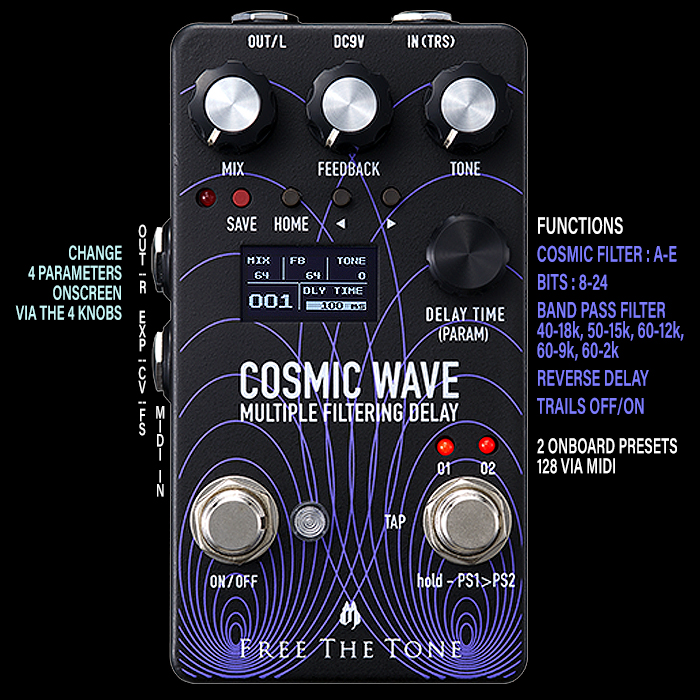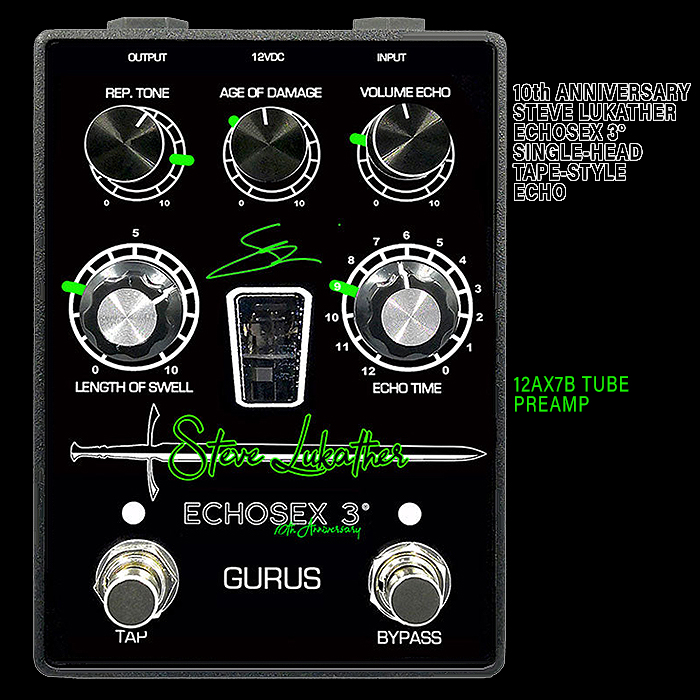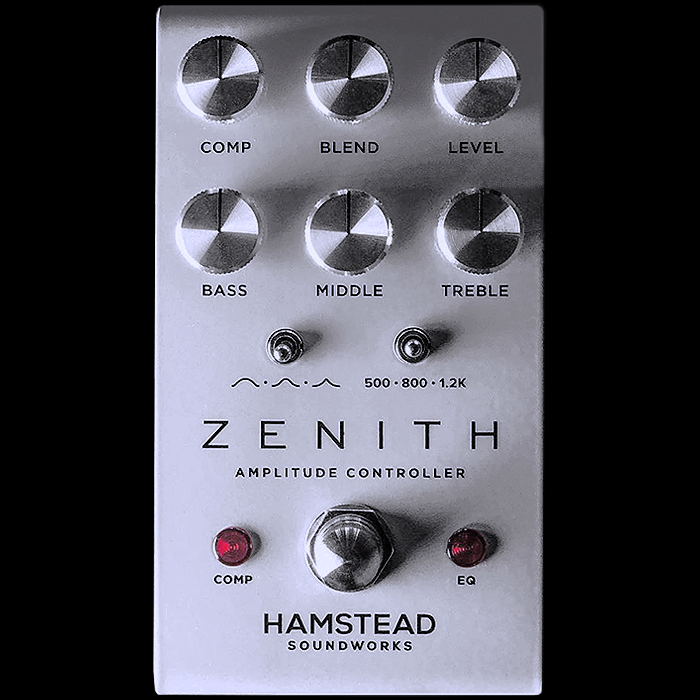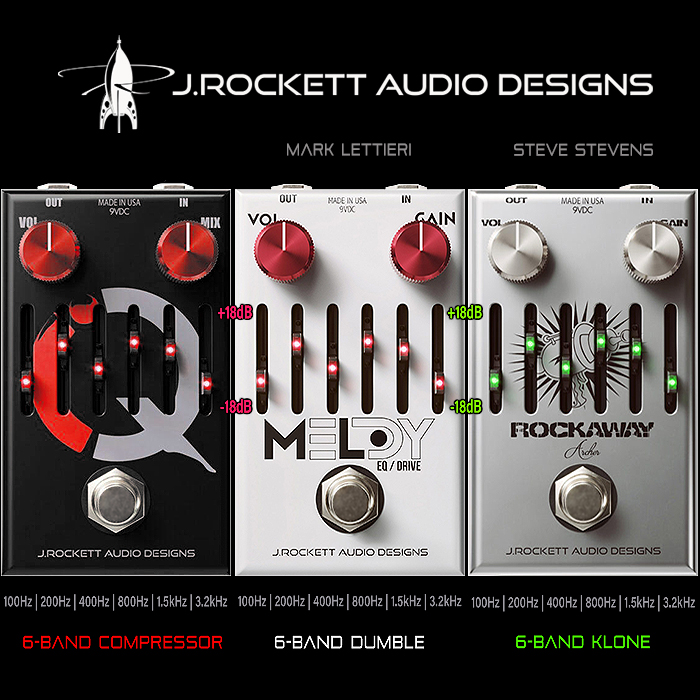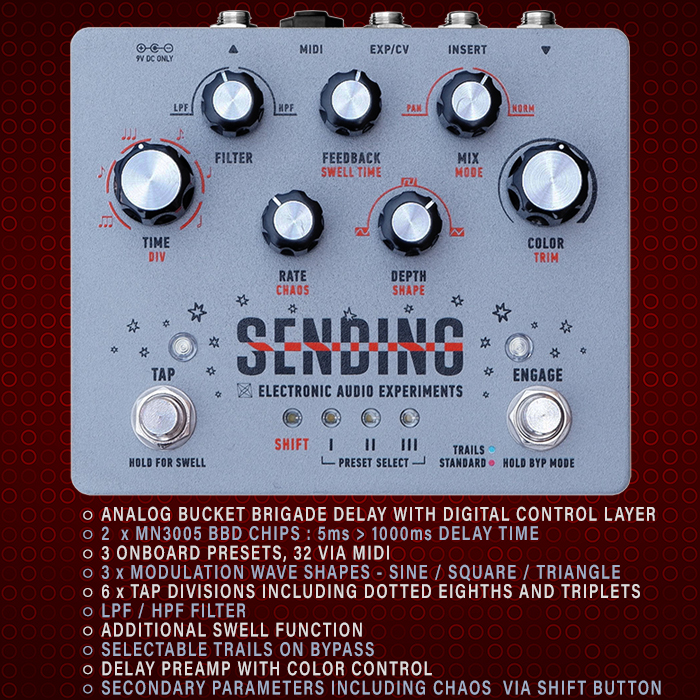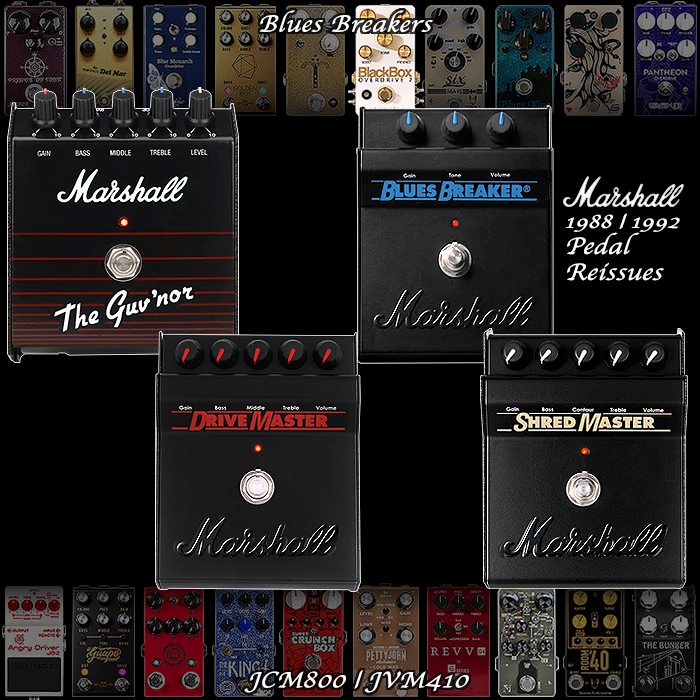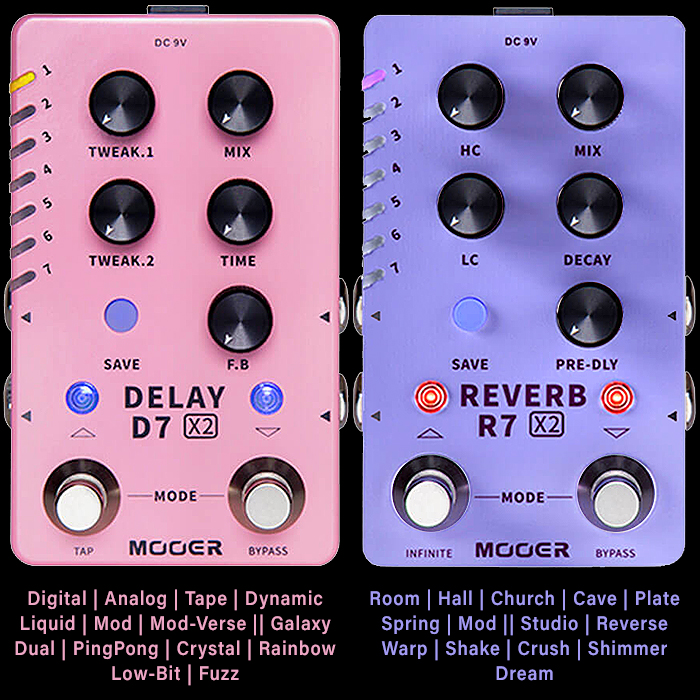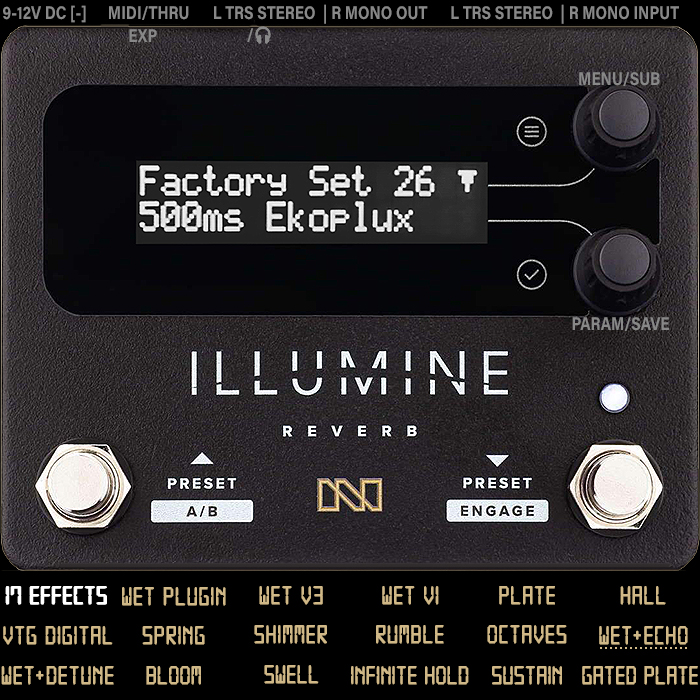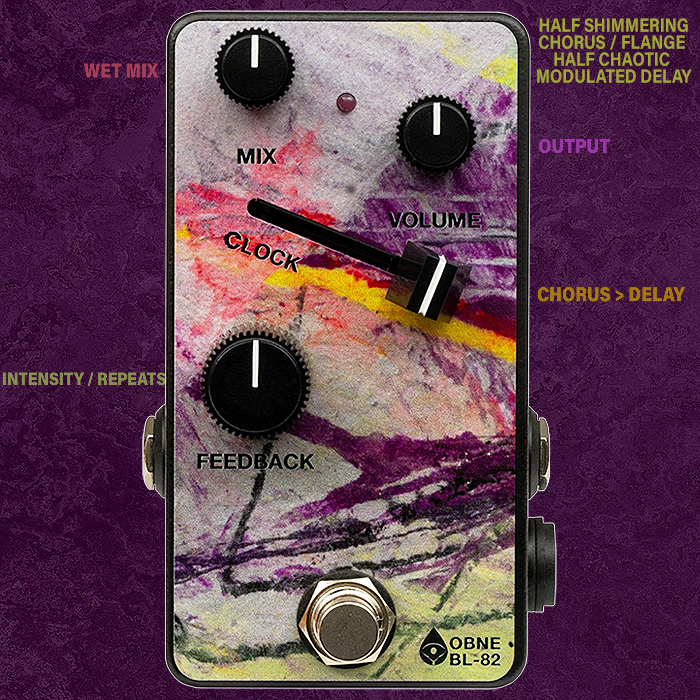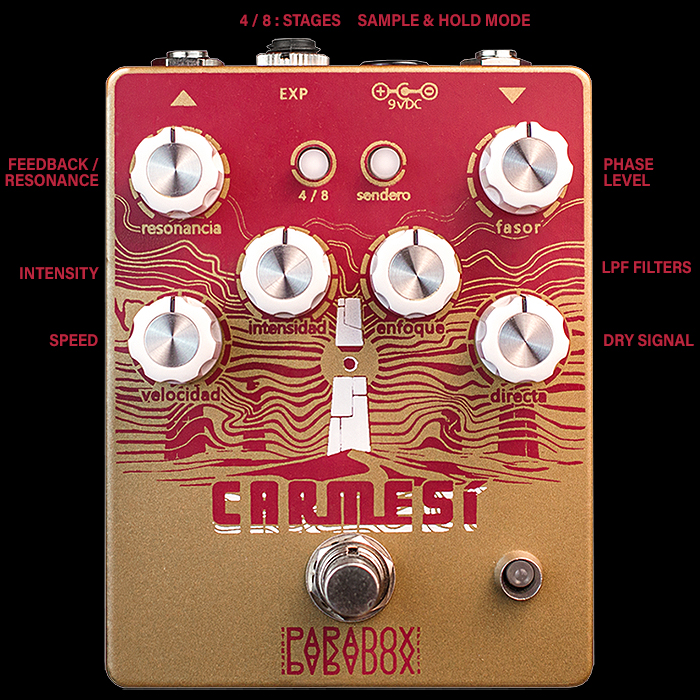A Full Range Overview of Mexico's most rapidly rising Neural Devices Pedal Brand
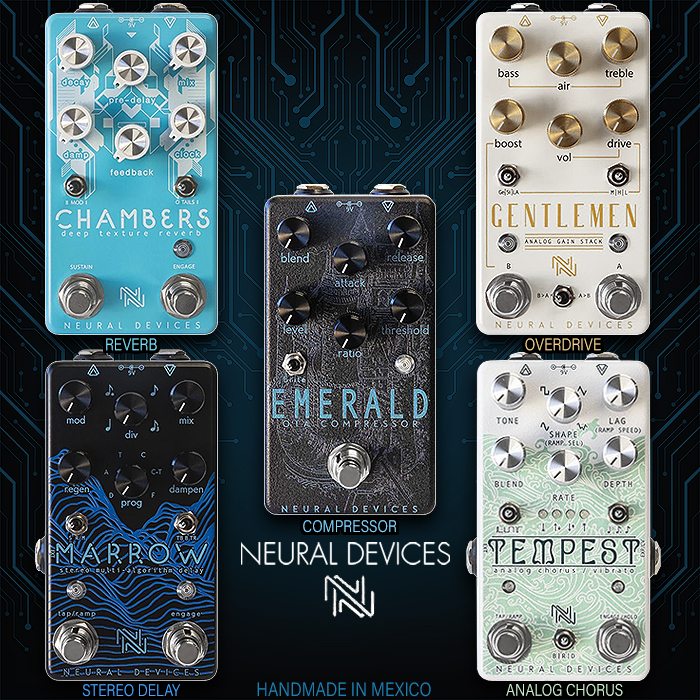
Neural Devices is Mariano Vera - a Tulancingo, Hidalgo native, Electronics Engineer and Graduate of the Universidad del Estato de Hidalgo (UaeH - 2021). My first introduction to Mariano’s Neural Devices brand was courtesy of a juno.co.uk subscription newsletter back on 13th of April earlier this year. I initially thought this brand had something to with Darkglass Electronics and Neural DSP - but I quickly realised it was based in Mexico, not Finland - and so therefore a totally stand-alone and independent entity.
Life is full of synergies and lucky coincidences - and chances are had I not been a DJ for 20+ years with an ongoing daily Vinyl and Technology subscription from juno.co.uk - I might not have become as quickly aware of this brand. In any case all 5 compact pedals featured in my above visual were in that April Newsletter - and I determined then that I should definitely reach out to Neural Devices and get the inside-track on what the brand was about - which of course led to this very article!
On first encounter the brand looked very polished and incredibly consistent in look and topology - with every pedal having 6 knobs in two sort of staggered V-shaped rows - and then 1 or 2 toggle-switches in the same positions - with high quality looking components and refined graphics. At the time I thought it was all very ’polished’ and unerringly consistent for a first attempt. Of course this was not Mariano’s first attempt as he had been dabbling with pedals since 2015, and Neural Devices the company was actually founded back in 2018.
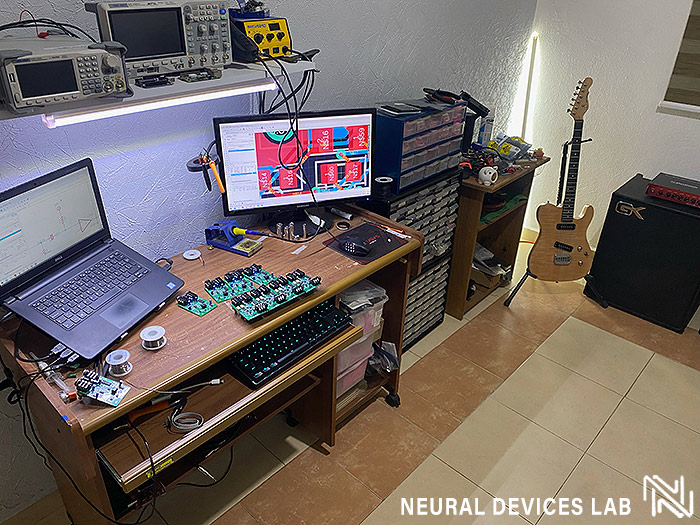
The years 2021 and 2022 were incredibly prolific for Mariano - to such an extent that I decided I had to have a Timeline of all the pedals created over this period. While the majority of those are currently retired - but some will likely see the light of day again in newer and further evolved editions.
Notably - two of the newer designs - the Gentlemen Analog Gain Stage, and Tempest Analog Chorus / Vibrato actually have their roots in 2 older and now retired circuits - or namely the RefractoR Overdrive, and The TrencH Chorus / Pitch Modulator respectively.
The eagle-eyed among you will note that all pedals through to the end of 2021 had the same naming convention with First and lasT letters capitalised - this came from Mariano being a significant fan of the band PanterA - where the P and A were always larger than the other letters on the album art. During the mostly V2 revisions process carried out throughout 2022 - Mariano decided to drop this convention for a more even and contemporary all letters the same size approach - as you now see on all the current models.
Neural Devices Timeline
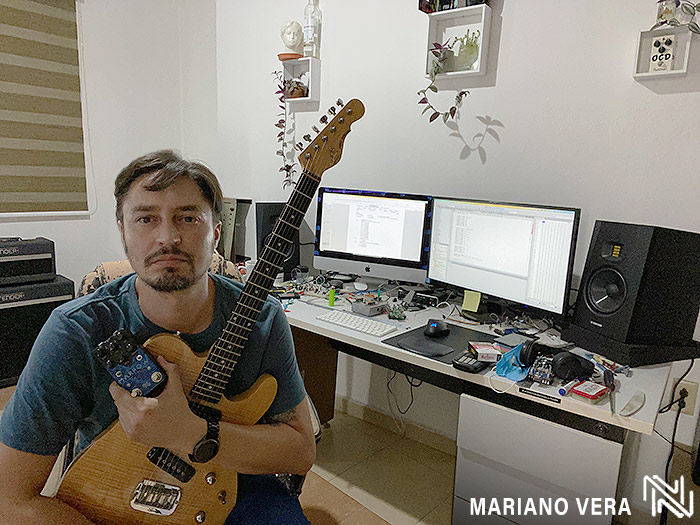
Mariano pictured with his favourite G&L ASAT Special Guitar and ND Marrow Stereo Delay
2015
- Mariano starts experimenting with pedals
2018
- Neural Devices is founded
- The very first Neural Devices pedal is the Kraken Sequencer Wah - made as a commission for a friend, then followed by a 12AX7 powered 'Aztec Sun Tube Overdrive' [codename] - both of which were one-offs!

2020
- AlphA High Gain Distortion (retired)
- BasstarD Dual CMOS Bass Drive (retired)
- EmeralD Compressor V1 (retired)
- NautiluS Analog Delay V1 (retired)
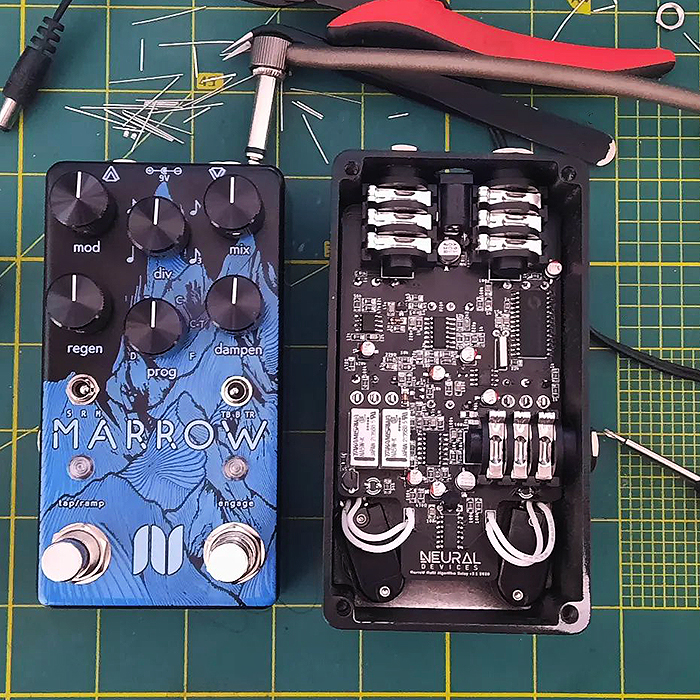
Older Marow Delay pedal - note current Knob Arrangement but older style of Logo
2021
- ChamberS Deep Texture Reverb (retired)
- WretcH CMOS Bass Drive + Boost (retired)
- NebulA Digital Filtered Delay (retired)
- HyperthrusT OTA Phaser / V2 Multistage OTA Phaser (retired)
- AmbassadoR DeluxE Analog Bass Preamp & Drive (retired)
- AmmonitE Analog Voiced Delay (retired)
- Purple Leaf Harmonic Tremolo (retired)
- Eager FuzZ Germanium Dirt Machine (retired)
- The TrencH / V2 Chorus / Pitch Modulator >>> Tempest
- BubbleguM / V2 Analog BBD Flanger & Modulation Engine (retired)
- MarroW Multi Algorithm Delay (retired)
- NautiluS Dual Analog Delay (retired)
- EmeralD OTA Compressor V3
- RefractoR Overdrive >>> The Gentleman
- RippeR Dual Fuzz (retired)
- CassiuS Fuzz & Octave Generator (retired)
2022
- Chambers Deep Texture Reverb V2
- Marrow Stereo Multi Algorithm Delay V2
- Gentlemen Analog Gain Stage
- Eager Fuzz V2 (retired)
- Tempest Analog Chorus / Vibrato
- Ambassador Deluxe V3 Analog Bass Preamp & Drive

Staggered Knobs Arrangement first appeared with the original Chambers Reverb as above
The current format / arrangement / aesthetic with the staggered knobs first cane to fruition with the Chambers Deep Texture Reverb back in 2021. Coincidentally the Chambers is the brand's bestseller to date, followed by the Marrow Multi Algorithm Stereo Delay.
I'm personally hoping for a revival of some of those retired fuzzes - as you know I'm something of fuzz fanatic / fuzz fiend! Of the current range it's the two above-right pedals that appeal to me the most - the Gentlemen Analog Gain Stage (Blues Breaker + MOSFET Boost), and the newest pedal - the Tempest Analog Chorus / Vibrato.
Mariano assembles all his pedals by hand in Tulancingo, Hidalgo - a kind of commuter town really just to the north of Mexico City. Mexico's reigning pedal kings are still Paradox Effects - while Neural Devices are starting to come through strong now. In particular since they were picked up by California-based Distributor Electro-Distro - which landed them at several major retailers - including Perfect Circuit in the USA, Juno in the UK, and Rhytmicqx, and Made for Bass in Canada.
Interestingly also - Mariano is principally a Bass player - where he designs his pedals to be perfect for use for both Guitars and Bass pretty much equally well. Beyond the current 5 featured compacts there is also the really cool Ambassador Deluxe V3 Analog Bass Preamp & Drive (V3) as in the below picture.

So the current range consists of the 5 featured compact pedals and the circa 1590-BB enclosure Ambassador preamp as follows :
- Chambers Deep Texture Reverb - $200 / £155
- Emerald OTA Compressor - $200 / £155
- Gentlemen Analog Gain Stage - $200 / £155
- Marrow Stereo Multi Algorithm Delay - $220 / £171
- Tempest Analog Chorus / Vibrato - $315 / £235
- Ambassador Deluxe Analog Bass Preamp & Drive - $255

Here follow the individual details :
Chambers Deep Texture Reverb - $200 / £155
Controls - Decay, Pre-Delay, Mix, Damp (Dark > Bright), Feedback, Clock / Pitch-Shift, Modulation : II / I, Tails : 0 / I, Sustain Footswitch, Engage Footswitch.
A quite distinct sounding Reverb - composed of a core Plate style algorithm with slightly unusual Triangle Waveform Modulation. A proper extended features reverb with some interesting options for carving out very unique ambient soundscapes. The pedal even does a pseudo stereo thing if you use a TRS cable out the output - where you get a phase inversion between the Tip and Ring contacts. This is not a Multi-Algorithm device like the Marrow, but it offers really decent competition for say something like the recent Strymon Cloudburst - where you have extensive granular control over mostly a single modulated algorithm reverb - both with some extra bells and whistles as such!
Emerald OTA Compressor - $200 / £155
Controls - Blend, Attack, Release, Level, Ratio, Threshold, Brite Switch : On / Off.
A fantastically well considered and thoroughly appointed OTA type Compressor - with every parameter control you need - on order to get the most precise degree of compression - with core Attack and Release, and Ratio and Threshold Controls - but then also with Blend / Dry/Wet Mix and Level - for parallel compression and output boost.
Finally you have a super handy Bright Switch to give you that extra sparkle if you need it. There are more highly featured compressors on the market, in fact that space is fairly heavily congested with innovative offerings at the moment - while this Emerald Compressor offers an incredibly compelling choice too - a really granular and potent pro-grade studio-style compressor.
Alas no demo exists for this pedal as of yet - I will of course add one when it materialises.
Gentlemen Analog Gain Stage - $200 / £155
Controls - Bass, Air (Presence), Treble, Boost (+20dB), Volume, Drive, Clipping : Ge / Si / LED Asym, Gain / Drive Structure : Medium / High / Low, B Boost Footswitch, Order Switch : B>A / A>B, A Drive Footswitch.
Actually an evolution of the retired RefractoR Blues Breaker style Overdrive with an added MOSFET style Boost. The Gentlemen is a really handy everyday overdrive which gives you several different gears to step up through - with different degrees of gain. A 3-way clipping switch for different textures alongside 3 core gears taking you from pretty much clean boost through to high gain overdrive. It's basically a really potent Blues Breaker variant - with much more ganularity and range to it than the recently reissued official Marshall version. This is one I'm definitely looking forward to getting my hands on and comparing with my other killer Blues Breaker varieties.
Marrow Stereo Multi Algorithm Delay - $220 / £171
Controls - Modulation, Tap Divisions : Quarter / Dotted Eighth / Eighth / Triplets, Mix, Regeneration, Program / Mode : Digital / Analog / Tremolo Delay / Chorus Delay / Chorus + Tremolo / Filtered Delay , SRM Switch? : S / R / M, Dampen, Spillover : True Bypass, Buffered Bypass, Trails, Tap / Ramp Footswitch, Engage Footswitch.
A killer 6-Algorithm (Multi) Stereo Delay with different styles of Modulation for each Mode. For Analog and Filter Modes the Modulation Control adjusts the depth of Vibrato, for the Tremolo-related Modes it controls the Tremolo Speed, and for Chorus it adjusts Depth. This is an unusual delay in not having a separate Delay Time control - where that is seemingly entirely set by the Tap-Tempo - two taps for Tempo, and single press and hold for Ramping. You can alternately Ramp up the Modulation or Sustain with the left-hand footswitch - for a really interactive and improvisational playback. The onboard delay ranges from 10ms to 1s for Digital, Analog, Tremolo and Filter Algorithms, while the Chorus-related Algorithms have 10ms to 900ms of Delay Time.
Tempest Analog Chorus / Vibrato - $315 / £235
Controls - Tone (Wet 4.5kHz ±12dB), Shape / Ramp Select : Sine / Square / Triangle / Random [Ramp : Down / Up+Down / Down+Up / Up, Lag / Ramp Speed, Blend, Rate, Depth, Duty Cycle 15% Up + 85% Down / 50% + 50% / 85% Up + 15% Down , Tap Divisions : Quarter, Dotted Eighth / Eighth, Tap / Ramp Footswitch, Ramping : Blend / Rate / Depth, Engage / Hold Footswitch.
Besides the Gentlemen Overdrive + Boost - this is the Neural Device I'm most keen to get my hands on. It is also the latest and most evolved of Mariano's pedals and pivots quite significantly from the previous TrencH model that was this one's predecessor.
The Tempest also boasts proper stereo output, but only mono on the input. I am increasingly using stereo modulations in my chain - and for sure the first one can be mono to stereo - but then any subsequent effect needs to be full stereo - so as to make best use of this Chorus you really need every effect that comes after it to be full stereo ins and outs.
There has been a significant trend of late to use single TRS enabled jacks to carry stereo signal - while not everyone has caught onto that. I have too many pedals in the collection already which are Mono in Stereo Out - which massively limits their flexibility within the signal chain. Stereo Chorus sounds lush - while for me Delay and Reverb really need to be fully Stereo too for proper spatial immersion. I have 23 choruses in the reference collection already - and it would be great to add this one to the gang - where it kind of does things slightly differently from each of those - significant enough to be a properly distinct Chorus voicing - however much it is based on the common 80's roots of this effect category.
Ambassador Deluxe Analog Bass Preamp & Drive - $255
Controls - Output, Blend, Level, Drive, Low, Low Mid, Hi Mid, Treble, Bottom End Boost, Low Mid Freqs : 500Hz / 1kHz / 250Hz, Hi Mid Freqs, 750Hz / 3kHz 1.5kHz, Top End Boost, Overdrive Footswitch, Engage Footswitch.
Certainly the most imposing of all of Mariano's pedals is this Bass Ambassador Preamp with no less than 12 controls - and one of the most refined Bass effect EQ's I've ever seen. The tone-shaping you can do with this preamp is so precise and granular - where we have specific Frequency clusters that we can deploy to sculpt the tone and cut or boost very specific frequencies. You have that essential Bass players clean blend and 2 stages of gain - Output (Preamp) and Drive / Overdrive. This is the one dedicated Bass effect in this roster - where all the other devices have been engineered for both optimal Guitar and Bass use.
Final Thoughts

As is usually my way - I will be getting at least a couple of these in to test in the rig and report back on as individual reviews - most likely the Gentlemen and the Tempest.
I think Mariano has done a brilliant job in creating a consistent and soon to be iconic, easily identifiable brand. While part of me prefers some the previous colourways - for instance the original Chambers looked really cool with Blue Knobs and Blue Accents on the fairly raw brushed aluminium enclosure. My only recommendation here really is that Mariano uses those same milled aluminium knobs on each of his pedals - I'm not as keen on the plastic 'silver-top' varieties and would personally look to swap those out for higher quality solid metal!
Mariano says he has a few more aces up his sleeve in the pipeline and he will be brining back in improved formats of some of those previously retired pedals. It really does help that he was discovered by Andrew at Electro-Distro - as I've really struggled to get Paradox pedals in the UK - Mexico's current leading pedal brand. While Electro-Distro helped introduce Neural Devices to the UK courtesy of juno.co.uk - and so the article has come full circle!
These are all high-quality enhanced and featured-extended pedals - and so it's understandable that most of them command the typical boutique pedal price point - in and around $200 - with the only significant outlier being the Tempest BBD Chorus - which is circa $100 more at $315. Analog Chorus pedals seem to end up quite regularly at and around the $300 and Uni-Vibes up at around as much as $500. Where most everything else is closer to $200!
I still feel Mariano is just getting started really and I look forward to seeing how these circuits evolve over time and how he buts his considerable superior engineering skills to better and better use. There is much to admire already!







